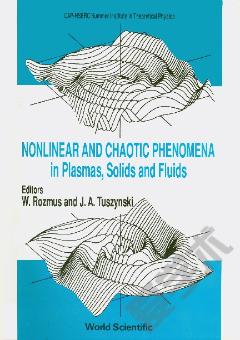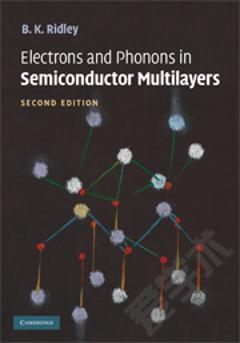Solitons and Nonlinear Waves of Phonon-Polaritons and Plasmon-Polaritons
We study the solitons and nonlinear waves of phonon-polaritons and plasmon-polaritons with the frequencies in the terahertz and optical ranges in nonlinear media, and investigate the polariton spectrum in nonlinear dielectric media with the third order Kerr-type nonlinearity. We study the dependence of numbers of polariton spectrum branches on the intensity of the electromagnetic field, and demonstrate that the appearance of the new branches located in the polariton spectrum gap are caused by the dispersion of the third order dielectric susceptibility at the intensive electromagnetic field in the medium. The modulation instability of the new spectrum branch waves leads to the appearance of the spatial solitons or cnoidal (non-linear) waves. These scalar and vector phonon-polariton spatial solitons and cnoidal waves appear in the boundless dielectric medium. The polariton gets the mass that depends on the efficiency of the interaction of the electromagnetic field and medium. We investigate the linearly and circularly polarized nonlinear polariton waves in the self-focusing and self-defocusing media. The spatial soliton or cnoidal wave corresponds to one or several flat fluxes of the polaritons for the linearly polarized wave. The right or left circularly polarized polariton scalar wave corresponds to several polariton fluxes in the form of a filament bundle. In addition, we examine the instability of the linearly and circularly polarized polariton wave in the nonlinear dielectric medium. We consider the nonlinear models of generation of the surface plasmon-polaritons (SPPs) at the boundary of a nonmagnetic dielectric medium and a nonmagnetic metal. We show how the three-dimensional incident wave transforms to the fluxes of the SPPs at the first and second harmonics in the TM-mode. These “slow” and “fast” fluxes of the SPPs are formed at the first and second harmonics when their interaction is weak. The incoming SPP pulse transforms to the bright and dark solitons at the strong harmonic interaction. We consider the generation of the SPP pulses at the first and second harmonics of the carrier wave at the boundary of a uniaxial crystal and a non-magnetic metal. The SPP pulses at the first and second harmonics can arise in the form of the bright and dark solitons, or as the cnoidal waves, in accordance with the synchronism of velocity of the SPP pulses. We study the variation of the interaction efficiency and the changes of forms of the SPP pulses due to the exact or non-exact synchronism of their velocities, and show that the selection of crystal and metal pairs allows us to change the forms of the SPP pulses. We show how to use the non-linear waves and pulses for designing the optical devices such as the optical converter, controllable filter and all-optical logic gates.
{{comment.content}}








 京公网安备 11010802027623号
京公网安备 11010802027623号